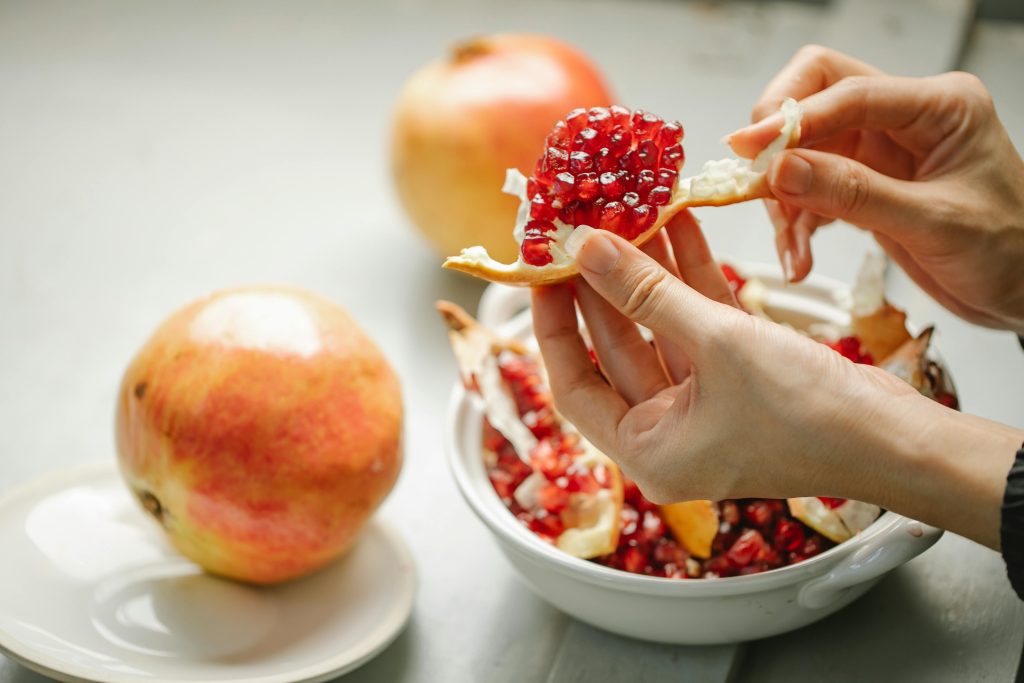
Table of Contents
Introduction: Why Fruits Matter in a Diabetic Diet
As a diabetic, you often hear conflicting advice about fruit. While fruits are packed with vitamins, fiber, and antioxidants, the sugar content can be a concern. The key is knowing which fruits have a low Glycemic Index (GI) and are high in fiber, allowing for slower absorption of sugar. Consuming the best fruits for diabetics is crucial for heart health and effective blood sugar management. This 2025 guide helps you select five amazing fruits that will satisfy your sweet cravings without causing harmful sugar spikes. Choosing the best fruits for diabetics is crucial for effective blood sugar management.
Understanding Glycemic Index (GI) and Fiber
Before we dive into the list, it’s vital to understand the two metrics that make a fruit diabetic-friendly:
- Glycemic Index (GI): A measure of how quickly a food raises blood sugar. Low GI (<= 55) foods are best.
- Fiber: Soluble and insoluble fiber slows down the digestion and absorption of sugar, which prevents sharp sugar spikes.
The Top 5 Best Fruits for Diabetics
1. Berries (Strawberries, Blueberries, Raspberries)
Berries are perhaps the best friend a diabetic could ask for. They are very high in antioxidants and have a low GI.
- Benefits: Excellent source of fiber and Vitamin C. They contain compounds that can help improve insulin sensitivity.
- GI: Low (typically 40–50).
- Tip: Mix a handful of berries into your morning yogurt or eat them as a snack.
2. Apples
An apple a day keeps the doctor away—and helps manage blood sugar. Apples are incredibly rich in fiber and contain a soluble fiber called Pectin, which is excellent for gut health.
- Benefits: High in fiber, especially if eaten with the skin on. Pectin helps maintain stable blood sugar levels.
- GI: Low (around 36, varying slightly by type).
- Tip: Always eat the apple whole with the skin to maximize fiber intake.
3. Citrus Fruits (Oranges, Grapefruit, Lemons)
Oranges and Grapefruits are not only great sources of Vitamin C but also have a high water content and low GI.
- Benefits: High in fiber and a great source of folate and potassium. Citrus fruits have anti-inflammatory properties.
- GI: Low (Oranges around 40–50).
- Tip: Consume the whole fruit rather than just the juice to benefit from the fiber.
4. Kiwis
This small, fuzzy fruit is a powerhouse of nutrition often overlooked. Kiwis have a relatively low GI, making them a fantastic sweet snack for managing blood glucose.
- Benefits: Rich in Vitamin K and high in fiber. Studies suggest that kiwi consumption can help regulate glucose response.
- GI: Low (around 49).
- Tip: Enjoy two medium-sized kiwis as a serving.
5. Pears
Pears are a good source of fiber, and they are metabolized slowly by the body, which contributes to their low GI score.
- Benefits: An excellent source of fiber and they offer essential vitamins and minerals.
- GI: Low (around 38).
- Tip: Pears ripen from the inside out, so look for slightly softer pears for the best flavor.
Important Considerations for Serving Size
While these fruits are diabetic-friendly, portion control is essential. Even low-GI fruits can raise blood sugar if consumed in excess. A general rule of thumb is to stick to one serving size at a time (e.g., one medium apple, one cup of berries). Always monitor your blood glucose levels after trying new foods.
Conclusion: Smart Choices for a Healthier You
Managing diabetes requires making smart food choices, and these five fruits prove that you don’t have to give up sweetness. By choosing the best fruits for diabetics that are high in fiber and low on the GI scale, you are actively taking control of your health. Your commitment to sustainable living will undoubtedly lead to better blood sugar management.